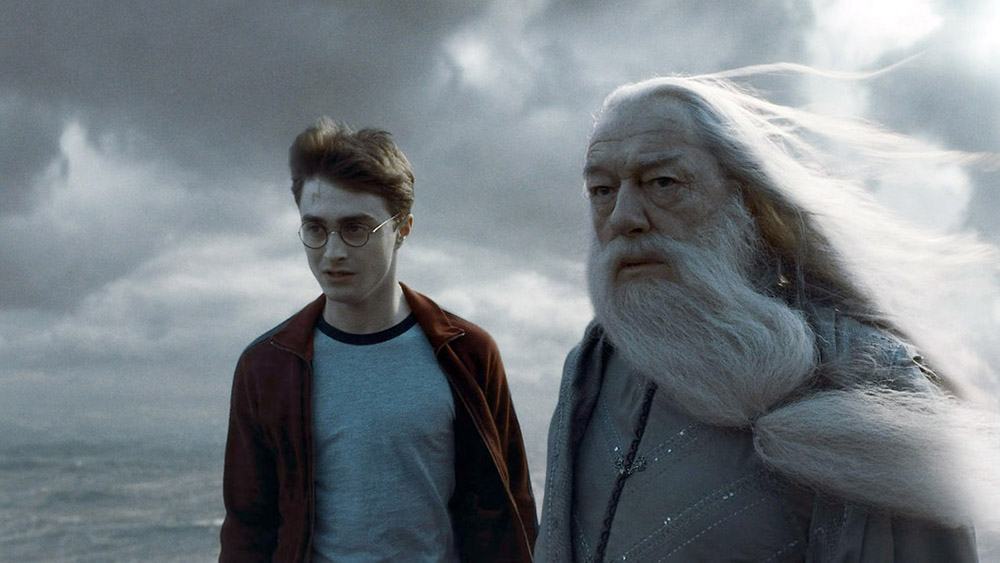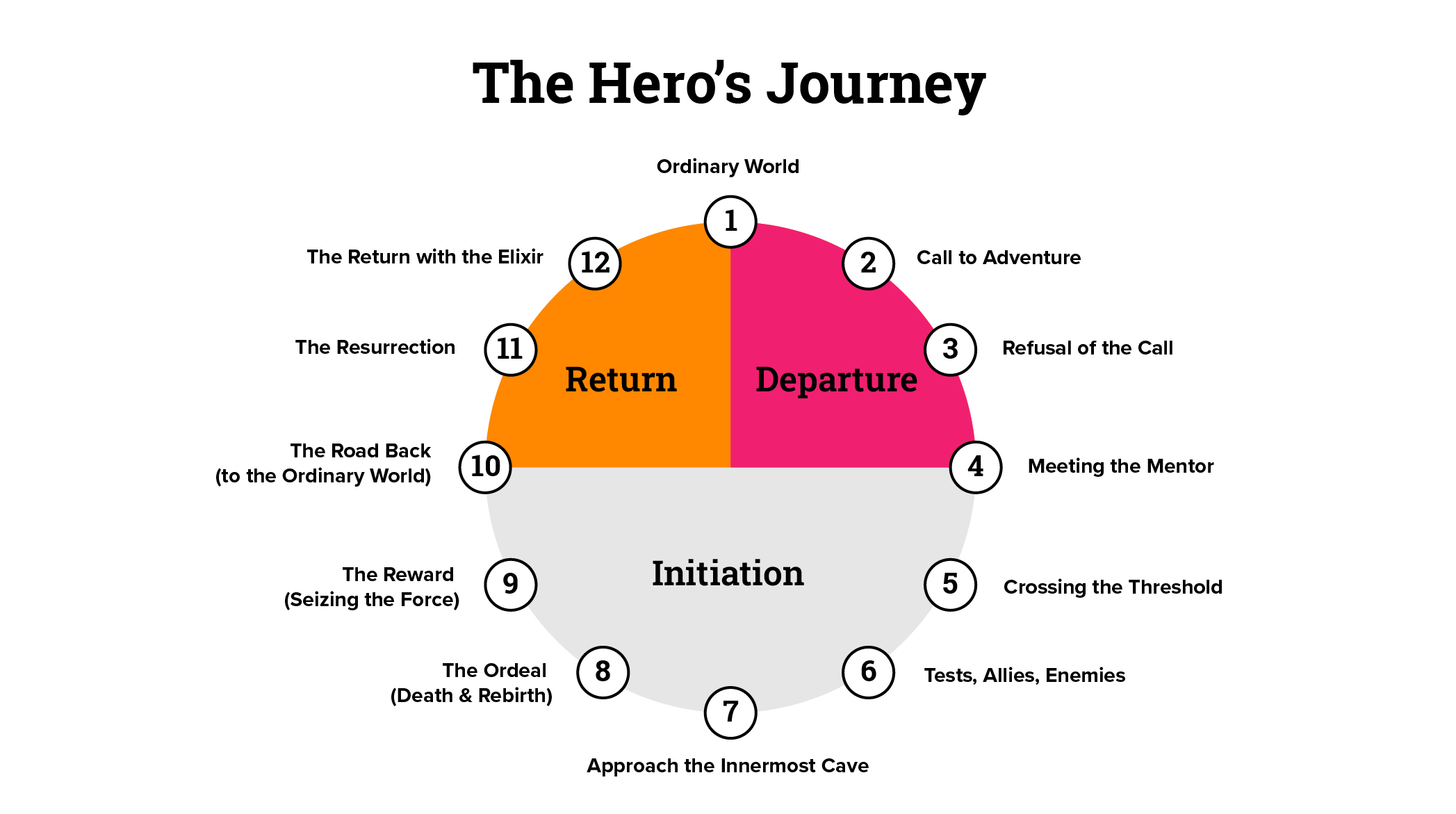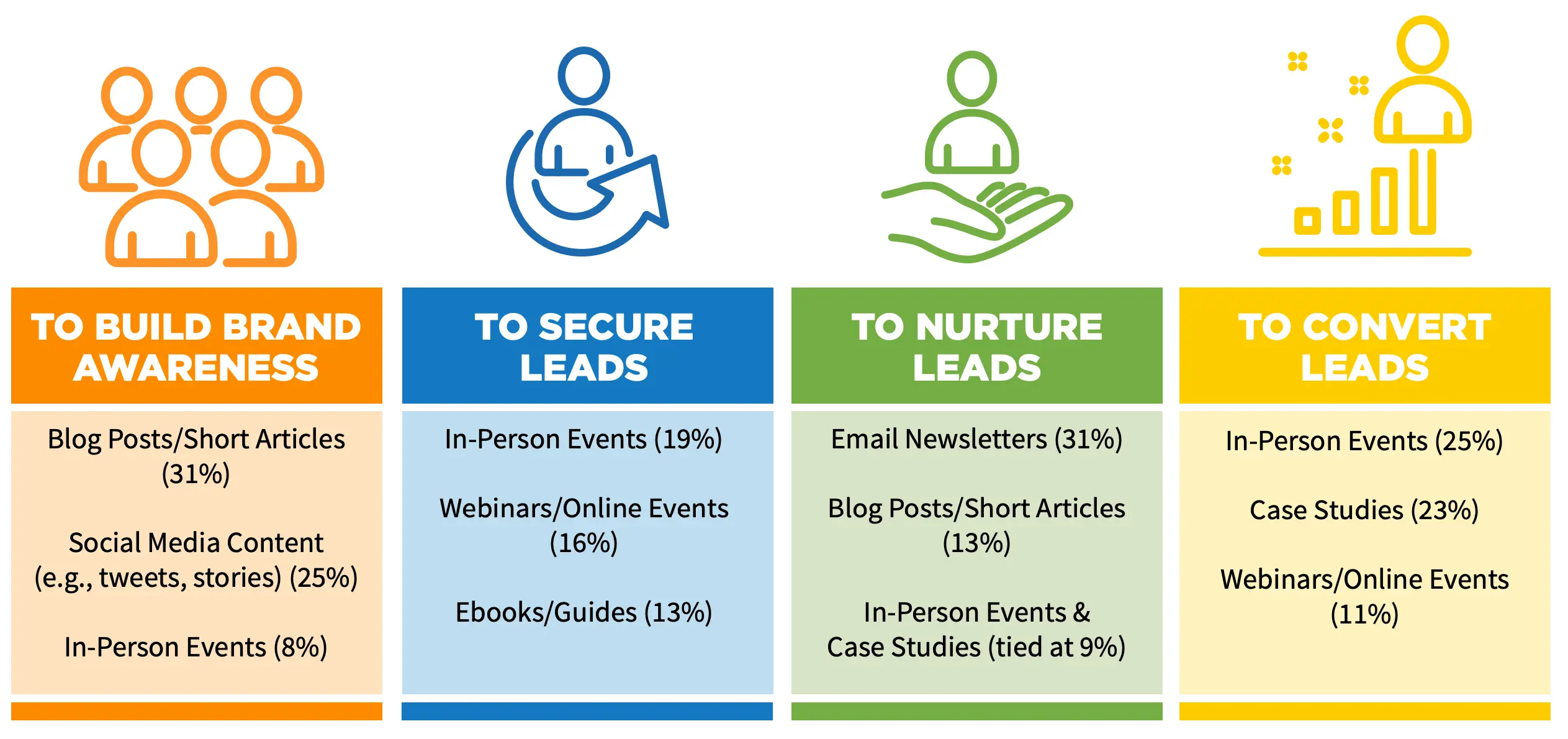Beyond bragging: The art of elevating client stories in case studies
By: Thomas Parkinson
October 25, 2023 | Reading Time: 7 mins
Have you ever found yourself trapped in a never-ending conversation with a person who just can’t seem to stop talking about themselves? It can be exhausting and awkward.
Case studies are no different. Readers aren’t interested in a one-sided account where your company is praising itself. The best (and most effective) case studies tell an engaging story, focusing on the client’s journey. This blog will highlight the importance of these elements, and shed light on how case studies can help take your business to the next level.
You’re not the main character
The first thing you have to acknowledge when writing a case study is that it isn’t solely about you. I know that sounds counterintuitive, but it’s true. The real hero of the case study is your client. You are the Dumbledore to Harry, the Gandalf to Frodo, Yoda to Luke Skywalker—you get the point.

Example: A city employee hires your construction company to pave a road.
In this example, it’s easy to see yourself as the hero. You came in, solved their problem, and now everyone’s happy. Not much of a story. The better story highlights the city employee as the hero. Why? When you take a bird’s eye view of the situation, the reason why they need it paved is much more interesting.
Is it a new road being built that will reduce traffic in the city? Is it a dangerous road that’s been causing accidents or damage to vehicles? Widening an existing road to provide easier access to local businesses? The reason creates a more engaging story. When in doubt, it’s always helpful to position the case study as not just solving a problem for the client, rather, you’re solving a larger problem with them.
Not sure how to approach writing a story like this? Glad you asked.
Leverage the Hero’s Journey
The Hero’s Journey is a storytelling archetype first introduced by Joseph Campbell in his 1940s book, The Hero with a Thousand Faces. Campbell claims that all mythological narratives share the same basic structure:
- The Departure: The hero leaves the ordinary world behind.
- The Initiation: The hero learns to navigate the unfamiliar world.
- The Return: The hero returns to the familiar world.

This narrative structure is often used to tell fictional stories but can be applied anywhere. That’s right, including case studies. Here’s how you can tell a great story without making it all about you.
The Departure

At the beginning of the story, the hero is living in the “ordinary world” when they receive a call to adventure. Usually, the hero is unsure of following this call—but is then helped by a mentor figure, who gives them counsel and convinces them to follow the call.
How to leverage this in your case studies
Outline the client’s initial challenge or problem. Answer the question: what was the catalyst that prompted their search for a solution? What were you, as the mentor/partner, able to do to convince them that this was worth seeing through?
For example, in our Daggerwing case study we begin with Daggerwing’s mission and call to adventure: “How can we close the gap between our brand promise and the online experience?” as asked by their President, Cheryl Ferguson.
The Initiation

The hero then enters the “special world,” where they must begin facing a series of tasks until they reach the climax of the story. The climax is typically their largest obstacle. Here, the hero must put into practice everything they have learned from their mentor on their journey to overcome the problem. As a result of persevering, the hero overcomes the problem and receives some kind of reward.
How to leverage this in your case studies
Discuss the obstacles and challenges the client encountered throughout the process. Focus on pivotal moments where the client faced adversity and how they navigated it with the support of your services and expertise. This is your opportunity to show off how you helped as the mentor and the difference it made in problem-solving. Finish the section off by commenting on the positive changes, growth, and achievements that the client experienced as a result of overcoming their challenges and successfully implementing the solution. It highlights the impact of your collaboration in facilitating their journey toward success.
The initiation phase of Tri-Mach’s hero’s journey takes place as we discuss Tri-Mach’s goals and the decisions made to achieve them. For example, a visual refresh meant that “The direction we took for the redesign was “show, don’t tell”. We approached it with large, impactful imagery, typography, and overlapping shapes and sections. We kept the copy short and impactful. We didn’t over-explain anything. Tri-Mach’s previous website felt like reading an encyclopedia of information. We wanted to remove the walls of text and keep the visitor engaged.”
The Return

The hero returns to their ‘ordinary world’ ready to tackle what’s ahead as a changed person with a new perspective. Sort of like when Harry Potter returned to the UK after his first semester at Hogwarts—nothing was the same.
How to leverage this in your case studies
In this final part of the case study, summarize the client’s journey. Emphasize the successful resolution of their initial problem and the tangible benefits they gained. Reflect on the lessons learned, and the positive trajectory the client is now on as they “return home” successfully.
For Emtek, their return to the ordinary world coincided with a fresh logo and new branding. As the mentor in their journey, we helped position Emtek as a progressive forward-thinking leader in a tired industry.
Your role as a mentor
As outlined above, your role in the case study is the mentor (beard not mandatory). You provide guidance to the hero when they lack the skills or ability to continue on their journey.
 By serving as the mentor, not the hero, you achieve these three key things:
By serving as the mentor, not the hero, you achieve these three key things:
- Establish a relatable and engaging narrative for the audience. By providing ongoing support to the client throughout their journey, you humanize the story. Prospects can see themselves in the client’s shoes and can imagine how you would help them, making it more relatable and accessible to readers.
- Enhance the credibility of your services or products. By explaining how your expertise helped the client overcome their challenges, you’re showcasing the practical value of your offerings in real-world scenarios.
- Focus on the client’s story and their unique challenges. This client-centric approach fosters a deeper connection with your target audience, as it demonstrates your commitment to understanding and addressing the specific needs and concerns of your clients. This positions your brand as a trusted partner dedicated to empowering clients and helping them achieve their goals.
Why does it matter?
At the end of the day, people connect with stories. Brand storytelling has been shown to be critical in growing your business and case studies are a great way to do this. But don’t take my word for it, consider the following stats from The Brand Shop:
- 55% of consumers are more likely to remember a story than a list of facts.
- 68% of consumers say that brand stories influence their purchasing decisions.
- Companies with compelling brand stories have a 20% increase in customer loyalty.
- 71% of customers buy from companies whose values align with theirs
Additionally, brand storytelling in the form of case studies also offers further benefits to businesses.
Establishes trust
Every day, your business is being searched for and vetted. Prospective clients want to see if you’re both capable and trustworthy enough to partner with. Just as people check online reviews before trying a new restaurant, potential clients want to ensure that you are who you say you are. In fact, 72% of people say online reviews help them establish trust in a business. Case studies offer that opportunity to stand out. Tell a compelling story, champion your clients, and show them why you’re worthy of their trust.
Cuts through the clutter
When it comes to choosing a partner or vendor, businesses are inundated with proposals. The process of sifting through contracts, pitches, and pricing can be overwhelming. A well-written case study can help cut through this clutter. No, it likely won’t singlehandedly land you a massive client, but as a supplement to your capabilities deck, it can certainly get you in the door. Being able to showcase your process, an example of work you’ve done with someone in their industry or someone who faced a similar problem is critical in persuading a potential client.
Converts leads
Still not sold on the value of case studies? In a survey done by the Content Marketing Institute on the highest-performing content types, case studies were regarded as the second most valuable piece of content when trying to convert leads. Additionally, according to the Delhi School of Internet Marketing, brand storytelling can increase conversions by 30% when used to answer crucial questions clients may have about a product, business, or service. Case studies can convert by demonstrating how you would solve their exact problem.
Create captivating narratives by decentering yourself in your case studies
It’s human nature to want to show off a little in our stories and that’s ok! This isn’t about downplaying your efforts, but rather, positioning them as part of a larger, more engaging story. Remember: people are drawn to relatable narratives that focus on genuine experiences and real-world challenges. In a sea of stories focusing on themselves, be the mentor who champions their clients on the quest for greatness. In the end, their triumphs are your triumphs, and their victories, are your victories.
Need some help crafting impactful stories? Get in touch.








